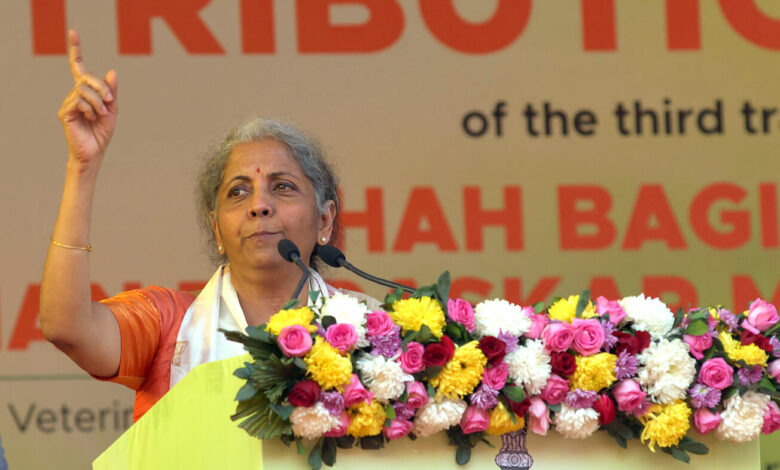Struggling with Unemployment in the Budget: A Daunting Challenge

The Bharatiya Janata Party’s recent underperformance in securing Lok Sabha seats can be attributed, in part, to the nation’s grim employment landscape, a problem that will prove self-destructive in the Modi government’s third term. A March report from an international labor organization reveals that 80% of India’s unemployed are youth. According to the India Employment Report 2024, in the past 20 years, unemployment among Indian youth has risen by 30%. In 2000, the unemployment rate among educated youth was 35.2%, which escalated to 65.7% by 2022. The report highlights that unemployment rates among youth with a high school education or higher are significantly higher than the national average.
The report’s primary economic advisor, V. Anantha Nageswaran, issued a stark warning. According to the report, youth unemployment and underemployment steadily increased from 2000 to 2019, with a slight reduction post-COVID. The report notes that youth unemployment more than doubled from 2000 to 2019, peaking at 17.5%, then declining to 12.4% in 2022. Women are disproportionately affected by unemployment.
In India, self-employment or informal labor has been the primary source of employment from 2000 to 2022, with approximately 90% of the workforce engaged in informal jobs. Only 10% were employed in formal sectors. The report suggests that few regular employees have long-term contracts, with an increase in contractual employment. However, there has been a decline in real income from self-employment since 2019. In the interim budget this year, the finance minister proudly mentioned the Skill India program, which provided training to approximately 14 million youth, boosting employment. However, an ILO report indicates that the majority of India’s youth lack essential skills, with 75% unable to draft an email without help and 60% unable to perform basic computer tasks.
According to the Center for Monitoring Indian Economy (CMIE), 79% of India’s population belongs to the working-age group, totaling around 111 million people out of a total population of 140 million. Approximately 5 million women and 18 million men are neither employed nor seeking employment or training.
Every year, approximately 7-8 million youth join the ranks of job seekers. A recent report by the City Group suggests that to employ these newcomers in the labor market, approximately 12 million jobs need to be created annually. Even with a projected GDP growth rate of 7% in the coming years, only 8-9 million jobs are expected to be created annually.
Quality of jobs, particularly underemployment, remains a serious issue where many workers are engaged in tasks that one person could accomplish alone. Agriculture exemplifies this issue. Former Deputy Chairman of the Finance Commission and NITI Aayog, Arvind Panagariya, believes that redistributing capital to labor-intensive sectors is India’s primary challenge. He suggests that the government prioritize industries that employ more workers per unit of capital. He views the upcoming budget as a critical test for Finance Minister Nirmala Sitharaman.
In conclusion, addressing India’s unemployment crisis will require strategic policy interventions, focused skill development programs, and targeted sectoral investments. The upcoming budget will serve as a litmus test for the government’s commitment to tackling this pressing issue.




